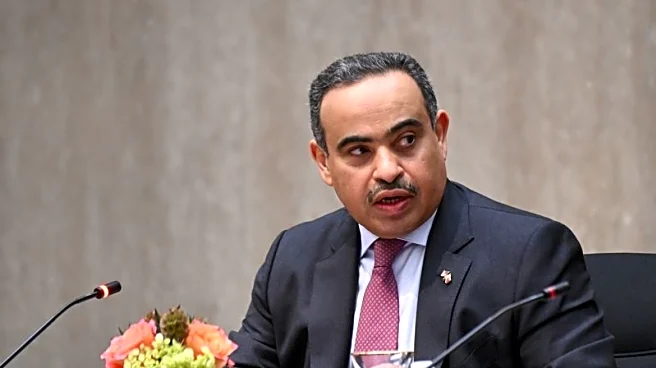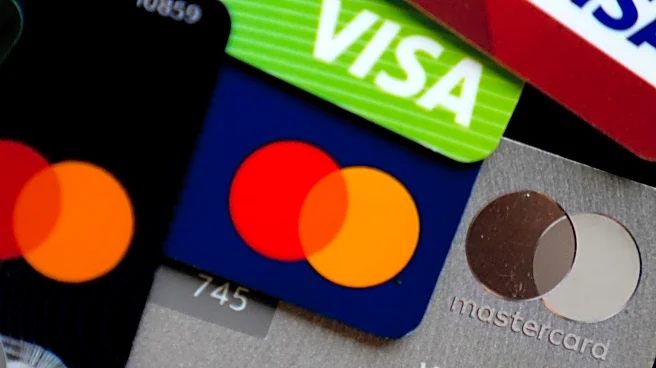What's Happening?
A recent report by the U.S. Chamber of Commerce and the College Board reveals that most high school graduates are not adequately prepared to enter the workforce. The New Hire Readiness Report, based on surveys of 500 hiring managers and interviews with
HR professionals, indicates that employers are seeking candidates with critical thinking, problem-solving, communication, and adaptability skills. Despite high school students comprising a significant portion of entry-level employees, hiring managers find it challenging to locate suitable talent. The report highlights the evolving nature of work due to AI and shifting economic demands, emphasizing the need for better preparation of entry-level employees. Key findings suggest that high school graduates are less prepared than previous generations, with trade schools and colleges providing essential early career skills. Financial literacy, industry credentials, and real-world experience are identified as crucial for workforce readiness.
Why It's Important?
The findings of the report underscore a significant gap in workforce readiness among high school graduates, which could impact U.S. industries and economic growth. As employers struggle to find adequately prepared entry-level employees, there is a growing need for educational institutions to focus on developing both academic and soft skills. The emphasis on financial literacy and industry credentials suggests that students who possess these skills are more likely to succeed in the workforce. This gap in readiness could lead to increased demand for trade schools and college programs that offer practical experience and industry-recognized credentials. The report also highlights the importance of initiatives like CBIA affiliate ReadyCT’s G.R.I.T. program, which provides real-world experience through internships, helping bridge the gap between education and employment.
What's Next?
The report suggests that educational institutions may need to revise their curricula to better prepare students for the workforce. This could involve integrating financial literacy and soft skills training into high school programs. Additionally, businesses and educational organizations might collaborate to expand internship and traineeship opportunities, similar to the G.R.I.T. program, to provide students with practical experience. As the nature of work continues to evolve, ongoing dialogue between educators and industry leaders will be crucial to ensure that graduates are equipped with the necessary skills to meet future workforce demands.
Beyond the Headlines
The report raises questions about the long-term implications of workforce readiness on economic competitiveness and social mobility. As industries increasingly rely on technology and innovation, the ability to adapt and learn new skills will be vital for career advancement. This shift may also influence public policy, prompting government and educational bodies to invest in programs that enhance workforce preparedness. The focus on soft skills challenges traditional educational models, potentially leading to a reevaluation of how success is measured in schools.















